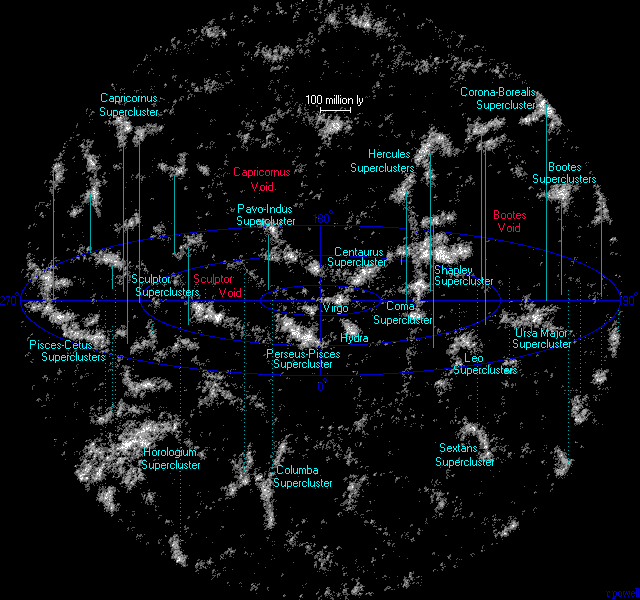Hannah Maerowitz
Staff Writer
Andy Howell is a member of the Physics Department at UCSB, but he also leads the supernova division of the Las Cumbres Observatory Global Telescope Network and is a science media star. He has appeared on TV and online shows many times, most notably as a host for National Geographic’s show “Known Universe,” and created the YouTube channel Science vs. Cinema which currently has over 50,000 subscribers and 4 million video views in total.
The Bottom Line recently sat down with Howell to discuss his work, from mapping the universe to making YouTube videos.
What work does the Las Cumbres Observatory Global Telescope Network do?
The Las Cumbres Observatory Telescope Network consists of 150 astronomers that collaborate to collect and analyze data from 21 telescopes. The telescopes are posted at three different sites and give us both immediate and continuous observations. We study supernovae, exoplanets, and star systems. The technological capability of these telescopes allows us to observe supernovae that organizations like NASA alert us to and collect thorough data on them. At any given time, we’re analyzing around 40 supernovae.
Through our research, we’ve been able to discover different types of supernovae, like kilanovae and superluminous supernovae. When we make discoveries like this, we can collect additional data and derive theories of why supernovae might have these specific properties. For instance, there are some emerging theories that the enhanced lumosity of superluminous supernovae may have something to do with black holes.
Why do you choose to study supernovae?
There’s a lot of information we can glean from supernovae. For instance, you can measure apparent distance between Type 1A supernovae and other supernovae or celestial bodies, which allows you to understand how far apart these bodies are in space. Taking this data regularly also allows you to map the expansion of the universe and since a lot of the heavy elements are present in supernovae, studying them leads to clues about how these elements were synthesized.
How have innovations in technology impacted your research and astronomy research in general?
Technological innovation is always good for science. Astronomy benefited from the advent of digital cameras, which allowed for quicker and more detailed observations. Robotic telescopes have also proven helpful because they can be precisely controlled and scheduled online, which means that an astronomer doesn’t have to be monitoring a telescope constantly in order to observe the universe. Our discovery of killanovae, which are an extremely bright merger of two neutron stars, was facilitated by these robotic telescopes. They are extreme and occur quickly, which means the telescope has to be pointed at the right place at the right time. With robotic telescopes, we’re able to make sure the telescope is where it should be in order to observe a kilanova.
Increased technology has also given scientists more data, which is always a good thing. But with big data, we need to use techniques from other disciplines like computer science because there’s a superhuman amount of data to analyze. This data abundance is great for collaboration between scientists because to discover new things, you need a ton of people working on the same project. When there’s data scarcity, the competition tends to be more steep.
What other projects do you work on outside of your main research focus?
In addition to teaching and working at the observatory, I also do some science advising for movies and books. I was the science advisor for the book that the recently released “Ready Player One” film was based on. I was also a science advisor for “Rogue One.”
Based on my experiences with science advising, I was driven to make my own YouTube show, Science vs. Cinema, which evaluates how realistic the science behind popular movies is. Hollywood scripts are usually not written by scientists and by the time a science advisor has input, the script may already be relatively set in stone. Starting my own show became appealing because I can educate people about science through popular media, without worries of stepping on anyone’s toes.











